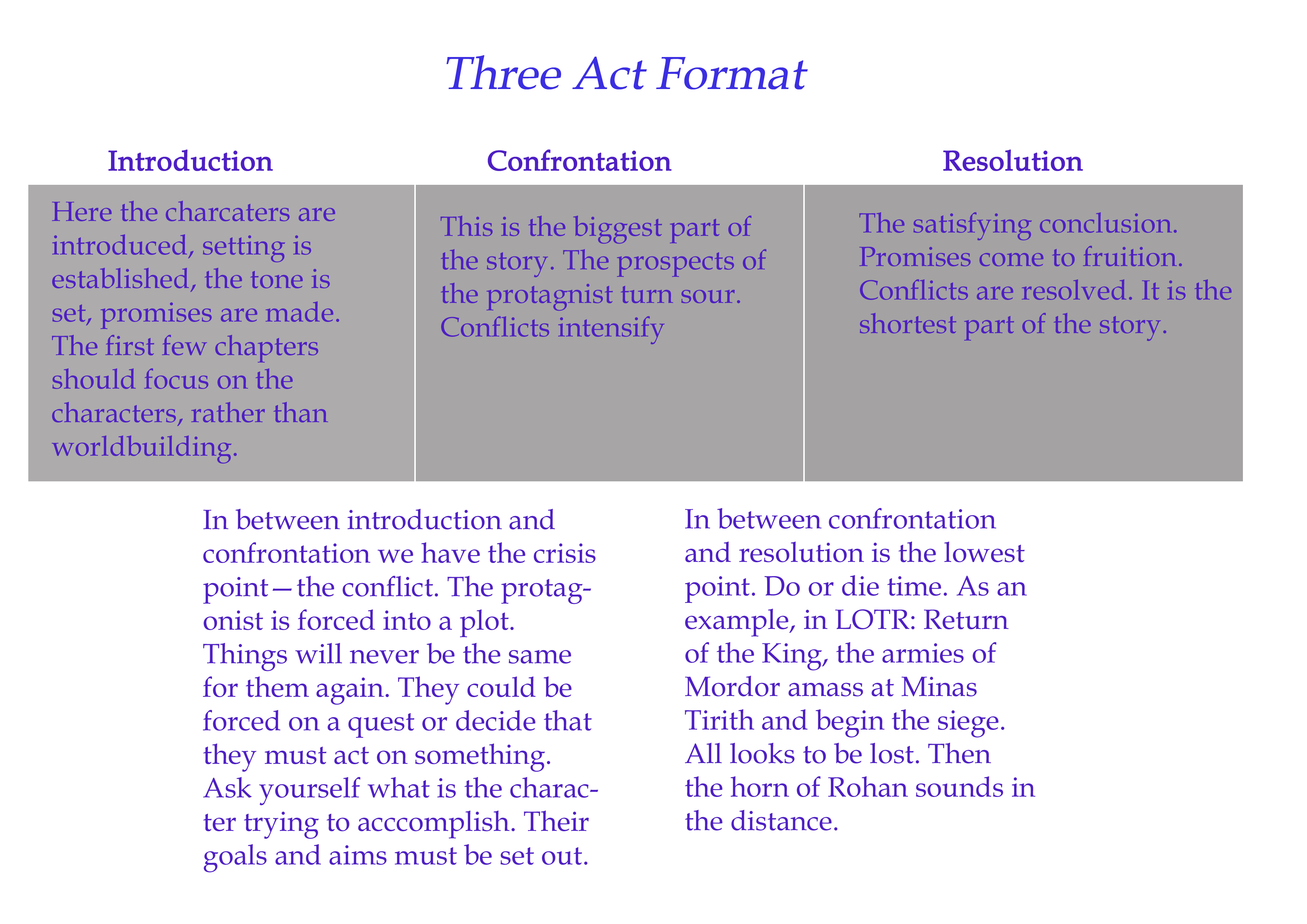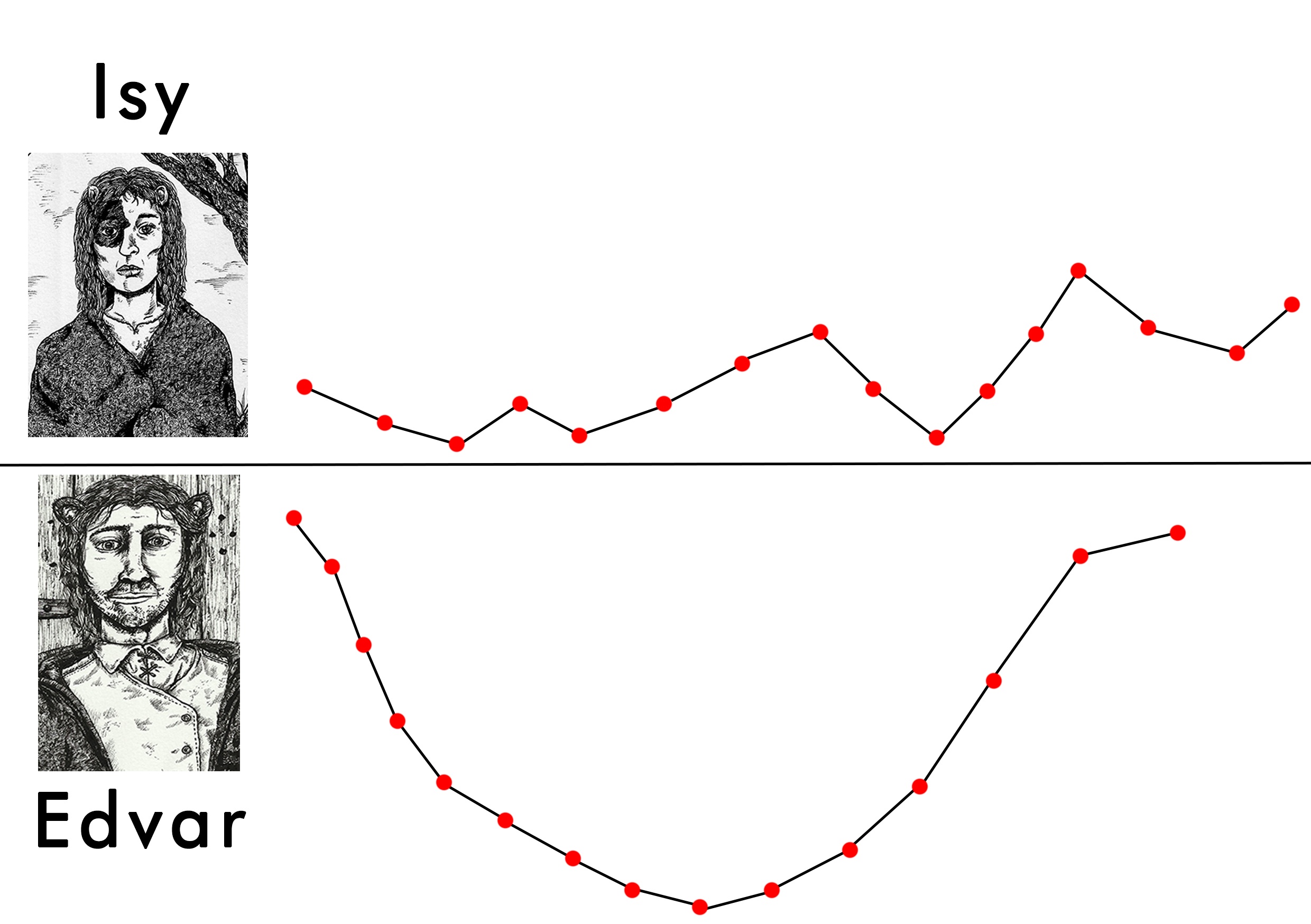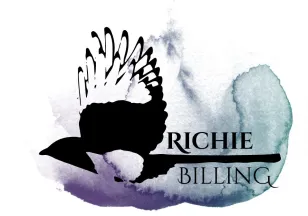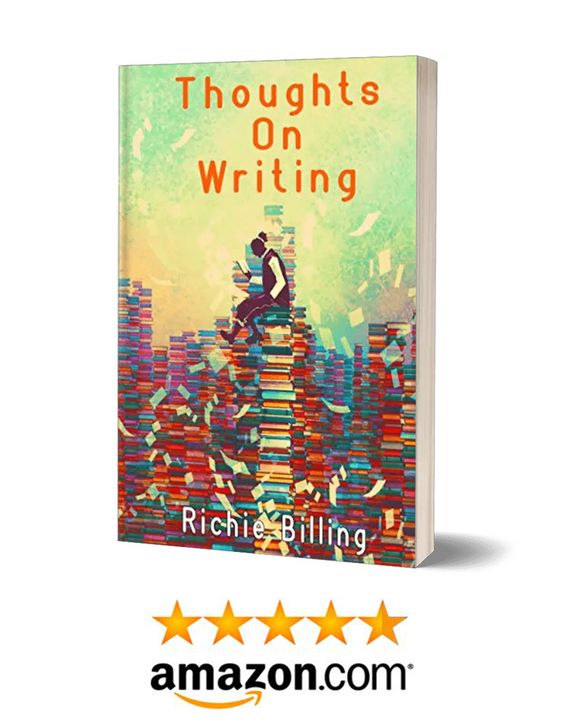If you’re looking to learn how to plot a novel, you’ve come to the right place.
Over the years I’ve encountered scores of different methods and tips and ‘hacks’ to plot and write a novel in no time at all.
But as you come to learn, plotting is just like any other aspect of creative writing—it’s what works for you. The trick is to explore different methods, see what each one offers, and take the bits that you find useful.
That’s what this guide offers—a comprehensive look at plotting a novel. The methods we explore can apply to all genres, from mystery and romance to fantasy and sci-fi. In essence, it covers this core element of all storytelling.
Let’s dive in.
Choose A Chapter
- What Is A Plot?
- Understand What Your Character Wants
- The Role Of Conflict In Plotting
- Satisfying The Reader’s Need For Progress
- How To Plot A Novel Using The Bracketing Method
- Plotting A Novel Using The Three-Act Format
- More Ways To Plot A Novel
- Using Subplots
- The Best Way To Edit The Plot Of A Novel
- Learn More About Plotting A Novel
What Is A Plot?
So, what is a plot?
The plot of a story encapsulates the sequence of events, plus character motivations.
A plot develops out of conflicts which affect the characters. An example of a story would involve a man dying and his wife avenging his murder. A plot would involve the death of a man, followed by his wife’s action to wage war.
The importance of plotting cannot be understated. It’s in plotting our character’s paths that we truly come to know them. We test their mettle and resolve, push them to their absolute limits.
Plot and character, therefore, go hand in hand. To find a plot true to our characters, we must first understand them, so that when they’re faced with conflicts and obstacles we know how they’ll react. Those reactions shape the plot.
Let’s take a look at this in more detail.
Understand What Your Character Wants
What the protagonist needs or chooses to do has to matter not to the reader, but to them.
For example, a woman’s daughter is kidnapped and she has just two days to raise a million pound to pay the ransom. Frodo must take the One Ring to Mordor or risk the destruction of everyone and everything he holds dear. Richard must defeat Darken Rahl—not only is it his task as Seeker, but he must avenge the death of his father.
A strong motive will help that character overcome the obstacles your plot before them. It will give them the courage to defeat a Balrog or face down an entire army. It’s the writers’ job to test that motivation as much as possible. Ask what you can do to make things even worse for your characters. Send them to the pits of hell and back. Strip them of all their abilities, their confidence. Scaling Everest is much more impressive than climbing an anthill, especially with no tools to help.
It’s said that the focus of the earlier chapters in a novel or story ought to be on the characters above all. If we’re to care about the people in the car when it crashes, we need to know about them first. What do I mean? Before you start making the lives of these characters a living hell, the reader needs to get to know them, otherwise, they may struggle to care what happens to them.
The Role Of Conflict In Plotting
The word conflict has been mentioned a few times already in this guide, and it’s here we explain why.
When I refer to ‘conflict’ I mean an obstacle, something or someone that stops or tries to prevent your character from getting what they want. A novel is usually made up of a series of points of conflict that your character has to overcome in order to progress to their desired outcome.
Sometimes the outcome of that conflict is positive, in which case that character may develop and grow with the story. They could also fail to beat that and may regress or be forced to find a way to tackle it.
So, once you know what your character wants (covered above), all you have to do is think of ways or people to try and stop them from getting what they want.
One of your first likely steps is to create a villain or antagonist to oppose them. You can also think of physical obstacles, like imperfections (more on this below), great distances, oceans or mountain ranges. And don’t forget the internal obstacles that we all carry around with us too.
Let’s take a look at a bit of a case study on introducing conflict into your plotting—character imperfections.
Character Imperfections
If you’re seeking to introduce as much conflict as possible to your story, something to consider is giving your protagonist an imperfection of some kind—some people call them flaws but I think that’s misleading and disingenuous to the character. Let’s explain this one with an example.
Tyrion Lannister. He’s a dwarf and doesn’t he know it. His own family, one of the richest and most powerful in all of Westeros, barely tolerate him. Most people in the realm mock him for being half a man. His dwarfism creates a whole layer of conflict in his life, such that it affects how he thinks and acts. It brings with it a unique set of challenges that he must overcome and enriches the tale with a unique perspective.
Other writers like Joe Abercrombie have experimented with similar things, such as with Yarvi in his novel Half a King. Consider things like scars, loss of a limb or birthmarks, something I’ve used in my novel, Pariah’s Lament with one of my protagonists Isyara. Isy was born with a raven-black birthmark smothering half of her face. She’s branded cursed in her town. She’s bullied, beaten, abused, even by her own father. She becomes a pariah, living on the edge of society.
This isn’t to say every character must have an imperfection. There are the supermen we know and love, like David Gemmell’s Druss the Legend. But it can be tricky to empathise with perfect characters for nobody is perfect. Everyone has their failings. You could probably list mine on two sides of A4. We love people regardless. Indeed, it can be the thing that makes us love them the most.
Satisfying The Reader’s Need For Progress
I find nothing more frustrating than a static story. Don’t introduce me to a character and have him do nothing for paragraphs or pages.
Packed with creative writing tips, (all of which are free of charge on Youtube. Well worth watching), Brandon Sanderson’s lectures explain the importance of making the reader feel like they are making progress with the story, that they are going somewhere—exploring ancient ruins or vibrant cities, walking through great battles and experiencing intimate moments in characters’ lives.
It doesn’t stop at places or adventures, though. A reader must see the characters taking steps to achieve their goals, and often those steps involve the obstacles we as writers throw in their path. If for three chapters the protagonist is just sailing to some faraway land, the reader will end up wanting their ship to sink. What twists could be added? Could they encounter a sea monster, a pirate ship, a deadly storm?
How To Plot A Novel Using The Bracketing Method
If a lot is going on in your story with several central characters, it can get a bit tricky to keep track of everything that’s going on. George R.R. Martin even admits to losing track and relies on the help of a few GOT fanatics. To be fair, he has about forty main characters.
So how does the bracketing method work?
When a plot or sub-plot begins a bracket is opened. Then as it resolves, the bracket is closed. Let’s look at an example:

Plotting A Novel Using The Three-Act Format
This technique is more common in the film industry, yet its foundation in storytelling is sound and applicable across the board. This is my personal favourite. It’s a simple, easy tool which helps to break down a story. The graphic below describes it:

More Ways To Plot A Novel
We’ve covered quite a few different ways to plot a novel, but that’s not all of them. I wanted to share with you a method I found quite influential on my writing, and it was created by bestselling fantasy author, Brandon Sanderson.
Brandon Sanderson’s Plotting Technique
The font of knowledge, Brandon Sanderson, has his own plotting device. He begins by building a list of promises or events that could take place in a story. So for example, if we looked at Star Wars, the key events or promises there:
- Destroying the Empire;
- Defeating an all-powerful Sith Lord (the Emperor);
- A character from humble beginnings learning the ways of the Force;
- Restoring light amongst the universe.
The next step is to ask how can these be achieved. Each point must progress the story toward a conclusion, with interesting conflicts and red herrings along the way. “One simply does not walk to Mordor,” as we all know.
Thinking of the likes of relationships, mysteries, journeys and character flaws and imperfections can all help.
Using Subplots
If your story is following one particular path, with little to break it up, a subplot can provide nice variation. If your plot is feeling thin, think about adding a subplot or two. Too many sub-plots, however, can confuse a reader. Sub-plots also provide mini-cliff hangars within a story. If a protagonist is left in an uncertain position at the end of a chapter, you can break away, heightening the tension, something known as architectural suspense.
Ian Rankin, the genius behind the Detective Inspector Rebus books, is a master of the sub-plot. While Rebus is off solving some gruesome murder, another plot is bubbling in the background. Rankin leaves you unsure as to how it will link with the main plot until the very end. The Hanging Garden is an example of a book with excellent sub-plotting.
The Best Way To Edit The Plot Of A Novel
I’ve spent a lot of time editing novels and stories over the years. It’s not the most fun of processes and it’s mighty time-consuming. As a result, I’m always looking to make the process more efficient.
That’s how I came to develop my method of editing the plot of a novel that encapsulates the different ingredients that go into it, namely character and conflict.
This method I call character plotting (you can read about it in full via the link below). In short, character plotting involves charting the progress of your character on a line graph as they interact with each point of conflict.
If the outcome is positive, the line goes upwards. If the outcome is negative, the line falls. How steeply it falls or rises depends on the impact of the outcome. The greater the impact the more steep the rise or fall.
The benefit of using this method is that it gives you a visual overview of the peaks and troughs of your story. If the line is flat, you know that the story could do with more conflict, otherwise it may suffer from that “dull middle”.
You can see the graph below which shows the two character progressions of the main characters in my novel Pariah’s Lament.

Click here to learn more about character plotting
You Don’t Have To Stick To Your Plot
A brief and final point I’d like to make is that you don’t need to stick to your plot. As you’ve seen above, the plot tends to depend on the character. As we write our story, we get to know our characters better. Sometimes the path we’ve laid out before them doesn’t align with who we’ve come to know them as. And that’s fine. We don’t need to take a rigid approach. Why try to force a circle through a square hole?
Plots serve as a useful framework, the scaffolding, the skeleton. We still need to add layers to it–the muscle and sinew, the heart and brain. The story isn’t finished until we’re satisfied. So don’t feel the need to stick so stringently to your plot.
Learn More About Plotting A Novel
Here are a few more useful guides on how to plot a novel.
- How to create suspense in writing – this guide offers practical tips and advice on building a suspenseful atmosphere in your story.
- The Crucible – this guide focuses on this powerful but simple plotting method, The Crucible.
- How To Create Tension In Writing – knowing how to create and prolong tension in your story is vital. This guide explains some useful tips.
- Head here to check out a useful guide on analyzing a novel, written by Texas A&M University. It offers useful insights on assessing plots in particular
- For a straightforward explanation on plot and the role it plays in fiction writing, check out this guide by Purdue University
- Mastering Dialogue: The Very Best Tips - January 12, 2024
- The Proven Method Of Writing Short Story Cover Letters - November 10, 2023
- Tips, Advice And Guidance On Writing Villains And Antagonists - November 7, 2023

